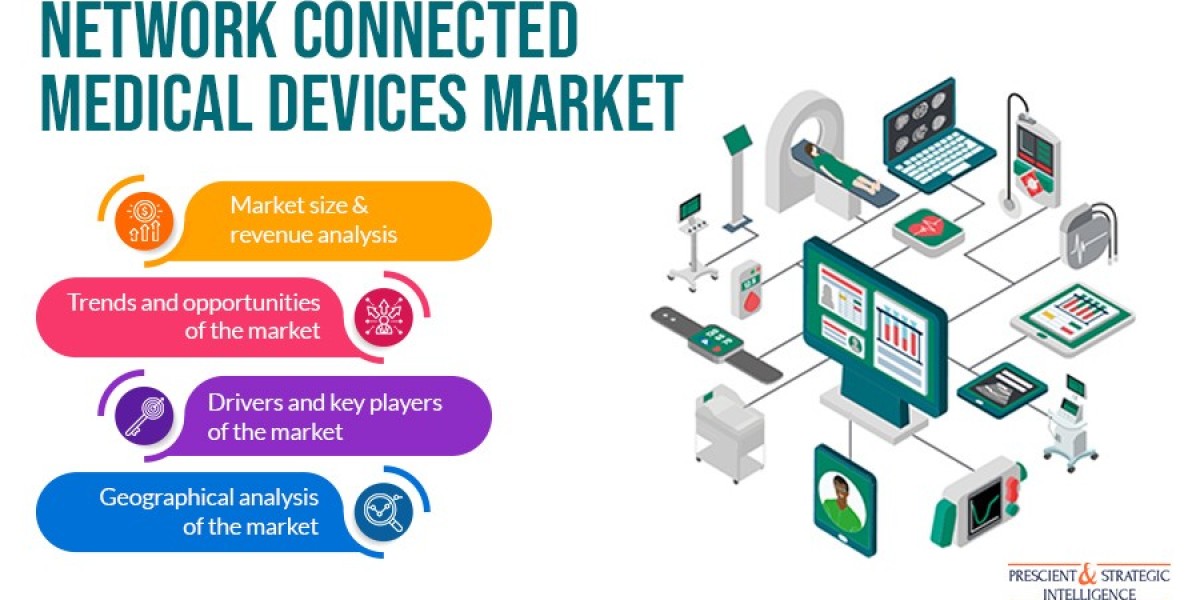On June 16, Beijing time, Internet Explorer, which accompanied many people into the Internet world, came to an end after serving users for 27 years. As an important interactive window in the Web2.0 era, the browser was the first "killer" application to emerge in the development of the Internet. Today, we are stepping into the web3.0 era, as an important infrastructure of the blockchain industry, blockchain browsers are also attracting more and more attention.
- What is a blockchain epxlorer
Blockchain networks are generally considered to be disintermediated, difficult to tamper with, and open and transparent. In order to guarantee these technical characteristics of blockchain, there needs to be a medium that allows all participants and followers to view the on-chain situation in a timely and accurate manner, and the blockchain browser is this medium.
The blockchain browser is the main window for data visualization on the chain. It can record and count information such as each block, each transaction and address of different blockchain networks (mainly public chains).
Blockexplorer.com is often seen as the first blockchain browser in history. It was developed by Bitcointalk forum owner Theymos, who later sold it. This browser has been online and operating since November 2010, but it has always been a lesser-known blockchain browser.
The most famous bitcoin browser is Blockchain.com. On this blockchain browser, you can query the underlying Bitcoin network data and wealth statistics related to Bitcoin activity in the last 24 hours.
With the rapid development of the Ethereum ecosystem, a number of well-done Ethereum browsers have gradually appeared on the market, and the most popular one is Etherscan.io. That's because Etherscan does a pretty good job with smart contracts, Gas rates, DEX, and more.
2, what are the common types of blockchain browsers
There are two main categories of common blockchain browsers: single-chain browsers and multi-chain browsers.
The early blockchain browsers were basically single-chain browsers, that is, they only supported data queries in a blockchain network. Typical single-link browsers include: Etherscan.io, bscscan.com, etc
With the emergence of more and more blockchain networks on the market, the limitations of single-chain blockchain browsers are becoming more and more apparent due to the inability to cross-chain queries. For example, if users want to query multiple public chain information at the same time, they need to frequently switch between different browsers, which increases the difficulty of information query, so multi-chain browsers appear.
As the name suggests, multi-chain browser is a browser that integrates multiple blockchain networks, and can support the query of data information of different blockchains in the same blockchain browser. Typical multi-chain browsers include: OKLink Blockchain Browser (oklink.com), blockchain.com, etc.
Take the OKLink blockchain browser for example. After many iterations, the OKLink blockchain browser has now included 15 public chains, with more than 1.5 billion on-chain addresses and 200 million address labels, which can help users clarify complex on-chain information, reduce the difficulty of users browsing and obtaining on-chain data information, and provide users with one-stop on-chain data display and analysis tools.
- Why do I need a blockchain browser?
Compared to traditional browsers, blockchain browsers are a highly specialized data tool. The essence of the blockchain browser is to reasonably display native data and derived data to various users according to the actual situation of the blockchain network. Among them, chain data, block data, contract data, token data, address data, etc., together constitute the basic data architecture of the blockchain browser.
Blockchain browser users include at least: developers, users, coin holders, miners, regulators, researchers, and people who are interested in blockchain.
With the help of the blockchain browser, these users can query the on-chain data they want to know in time, so as to gain insight into everything happening in the on-chain world, and provide support for their learning, work and investment. For example, for ordinary users, the blockchain browser can track the progress of a specific transaction and useful information such as the balance of a transaction address.
The rapid iteration of blockchain browsers is an important standard for the rapid development of the blockchain industry. Learning to use blockchain browsers scientifically will also become a necessary skill for every user who wants to step into the blockchain world and move towards the web3.0 era.



